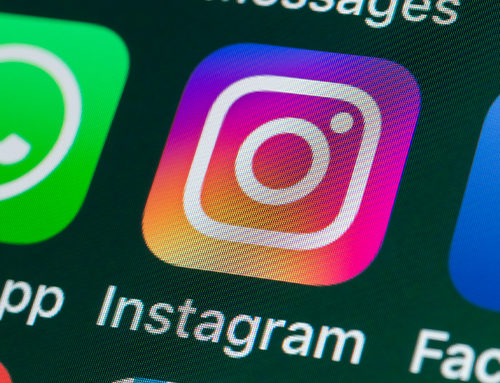Content is King! Content is Key! Update Regularly! Build a Community! Research SEO Keywords! Be Consistent! Don’t Forget the Visuals!
Open Graph – Yes, you’ve heard it all before but are you really creating effective content that reaches all your relevant target audiences? Here, we talk about Open-Graph images and how they can benefit your online business presence to generate more leads. Before we go into more detail, the general aim of the Open-Graph Protocol is to enable websites to choose which images are displayed, when specific pages of your website are linked to within different websites and platforms such as social media. Improve the visual aspects of your online marketing and share quality imagery that is guaranteed to boost your conversion rates.
Did you know that 90% of information transmitted to the brain is visual? If you produce quality content with effective eye-catching imagery, your chance of having your content ‘shared’ or ‘liked’ increases immediately. Posts with visuals receive 94% more page visits and interaction than those without!
How does the Open-Graph protocol work?
The Open-Graph protocol is designed to help you control what information is extracted and displayed when content is shared between platforms and websites, especially on Social Media. You will have noticed that when you include a link in your content, leading viewers to your site or another promotional online page; sometimes the image that appears below your post is not what you were hoping for. With the Open-Graph Protocol, you can now control this imagery and decide which information is best suited to your content. You need to be thinking along the lines of eye-catching, informative and most importantly, unique. The social graph represents which platforms you use and the OG protocol permits websites to integrate into the platforms in a way that proves palatable and shareable!
Using the OG Protocol, you can now instruct Facebook (or whichever platform you are using) on how to display your shared content from third-party sites. As it stands, when content is shared from a third-party website to Facebook, the crawler scans the content and scrapes the HTML of the URL that is shared! Sound a bit too technical for your liking?
Basically, it has to guess which content is the best for display so it doesn’t always get it right!
Choose images that enhance your content and paint the picture you wish to paint.
It’s important to know that the OG Protocol operates differently depending on which platforms you use so I have included a few basic notes to help you get started with Facebook and Twitter:
1. Facebook
To control how your content appears on Facebook, you must mark up your website with Open Graph meta tags. Without these, the Facebook Crawler will have to guess which information to share and we don’t want that. A meta tag is a tag (a coding statement) that describes an aspect of the contents of a Web page. Putting it simply, these tags are written to provide structured information about a page including:
OG:URL
The URL must be the official no-frills URL to the page you are sharing. For example, SMEMedia.co.uk
OG:TITLE
Your title should be written to encourage interaction and lead the readers to keep reading. For example, ‘Amazing Websites on All Devices’
OG:SITE_NAME
This is simply the name of the site on its own For example, ‘SME Media’
OG:IMAGE
Choose a high quality image which is appealing to the eye and relevant to the post you are making.
2. Twitter
When it comes to using this social media platform, ‘Twitter Cards’ are what you need to focus on. Although very similar to ‘Meta tags’; you will be pleased to know that if you are already using the Open Graph Protocol to describe data on your page, it’s easy to generate a Twitter card without having to repeat all the tags again!
If you would like to know more about how the Open Graph Protocol works and how you should go about including these tags on your site, just leave a comment and we’ll get back to you within 24 hours.

